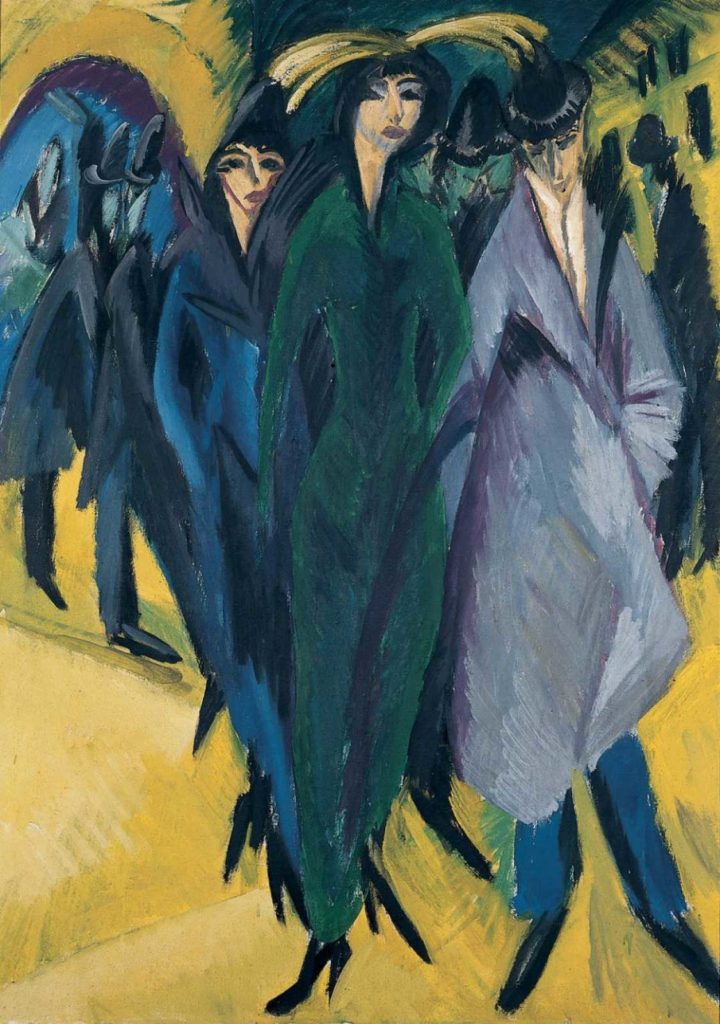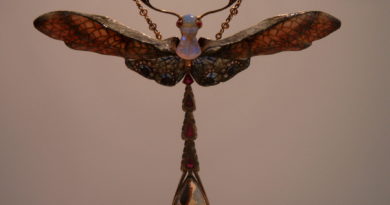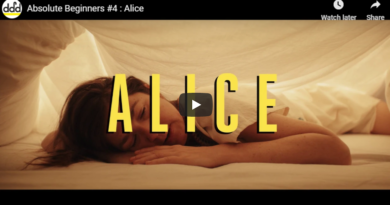The Golden Twenties in Berlin: A Belgian view of the German art scene 1912-1932
In a cosmopolitan city like Berlin even the biggest extremes are permitted to exist. An unseen activity in a rapid ephemeral life is unfolding there. (Jozef Peeters, Belgian artist, 1923)
The exhibition Berlin (1912-1932) at the Royal Museums of Fine Arts of Belgium is an impressive collection of two decades of German art that represents Weimar culture, Expressionism, Dada and new objectivity in paintings, sculptures, drawings, photographs, films and architecture.
In this period Berlin was the cosmopolitan and mythical artistic hotspot of the twenties which experienced an unprecedented transformation. Social, political and technological upheavals revolutionised postwar society and artistic creation. The exposition highlights this key period with a Belgian view of the German art scene in mind, it pays special attention to an everyday reality that was marked by crisis and utopia, ravage and euphoria, misery and decadence.

This period, also known as the ‘Golden Twenties’, is represented through more than 200 major artworks by recognised artist like Otto Dix, Raoul Hausmann, Ernst Ludwig Kirchner, Kazimir Malevich, Aleksandr Rodchenko, Max Beckmann, George Grosz, Hannah Höch and more.


Discover the art of Berlin until the end of January at the Royal Museum of Fine Arts of Belgium in Brussels.




